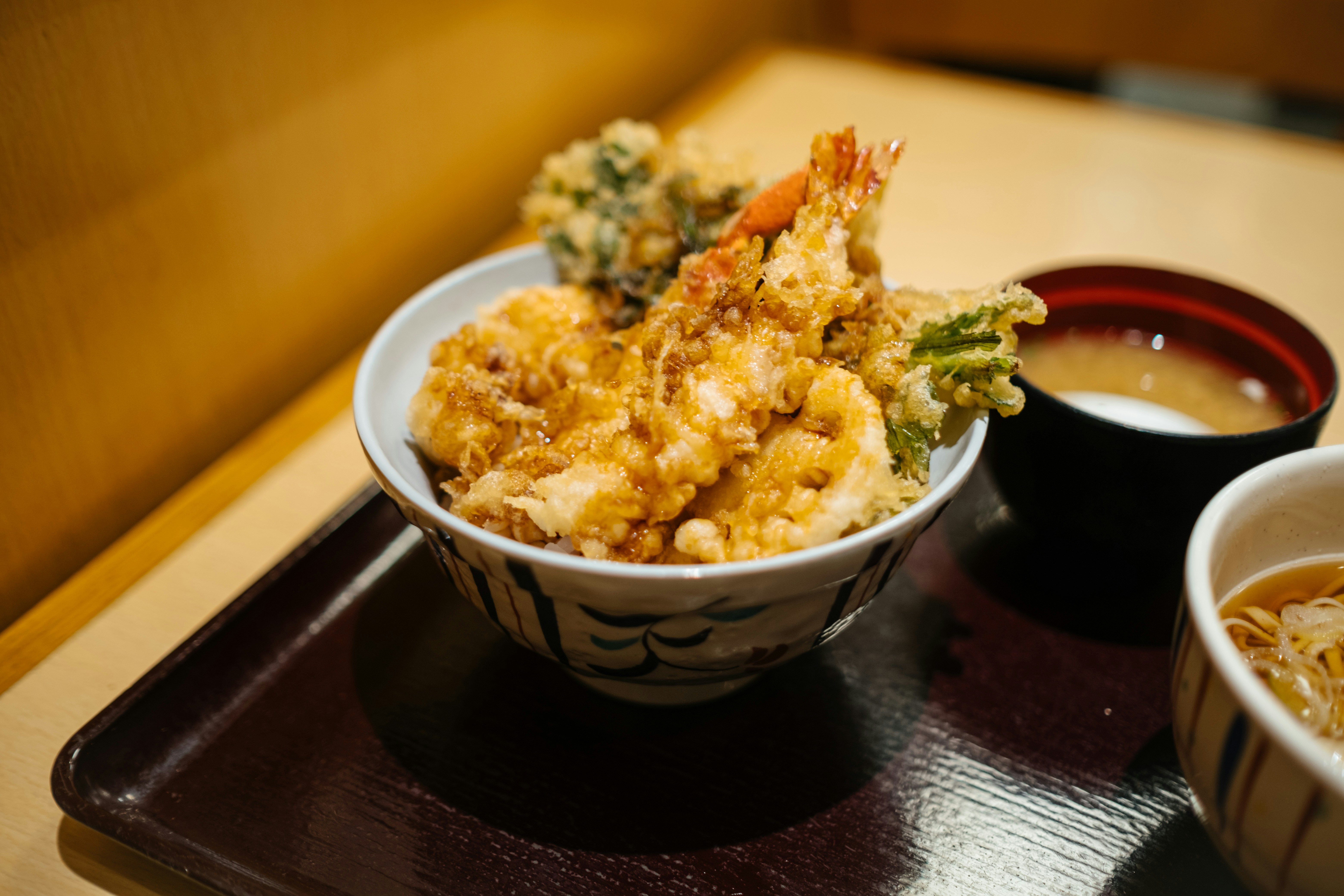Unwrapping the Delights of Dim Sum: A Gastronomic Journey
A sumptuous spread of little treats, Dim Sum is an integral part of Chinese cuisine that has been savored for centuries. In this article, let's embark on a gastronomic journey to explore the delights of Dim Sum, its origins, varieties, and the modern twists that it has embraced recently.

A Brief History of Dim Sum
Dim Sum’s history traces back to the times of the Silk Road when teahouses sprang up to serve weary travelers. The bite-sized dishes were served alongside tea, and the practice soon morphed into a full-fledged culinary tradition. Today, Dim Sum is synonymous with ‘yum cha’ or ‘drink tea’, highlighting the deep-seated tradition of enjoying these delicacies with a pot of hot tea.
An Array of Choices
From steamed buns and dumplings to rice noodle rolls and tarts, the range of Dim Sum is staggering. Each one is a culinary masterpiece, crafted with great care and precision. Some popular varieties include ‘har gow’ (shrimp dumplings), ‘siu mai’ (pork dumplings), and ‘char siu bao’ (barbecue pork buns).
The Modern Spin
While Dim Sum has retained its traditional charm, it has also embraced modern trends. Chefs are experimenting with new fillings, colors, and even vegan alternatives. This fusion of tradition and innovation is propelling Dim Sum to new gastronomic heights.
Dim Sum Etiquette
Enjoying Dim Sum is a communal affair, often shared with family and friends. It’s customary to pour tea for others before filling your cup and tap the table when someone pours tea for you. The dishes are usually shared, and it’s considered polite to offer the last piece to others before taking it.
The Global Appeal of Dim Sum
From Hong Kong to New York, Dim Sum has won the hearts of food enthusiasts worldwide. Its universal appeal lies in its versatility, aesthetic presentation, and the sheer delight of unearthing the surprises encased within each delicacy.
Note-Worthy Nuggets
-
Dim Sum literally means ‘touch the heart’ in Cantonese, symbolizing the care and skill that goes into its creation.
-
Traditionally, Dim Sum was served in bamboo steamer baskets to keep them warm.
-
The number three is considered lucky in Chinese culture, which is why Dim Sum is often served in groups of three.
In conclusion, Dim Sum symbolizes more than just a culinary tradition; it’s a way to bring people together and celebrate the joy of shared experiences. So, the next time you’re at a Dim Sum restaurant, remember that you’re not just savouring a dish but participating in a gastronomic tradition that dates back centuries.




